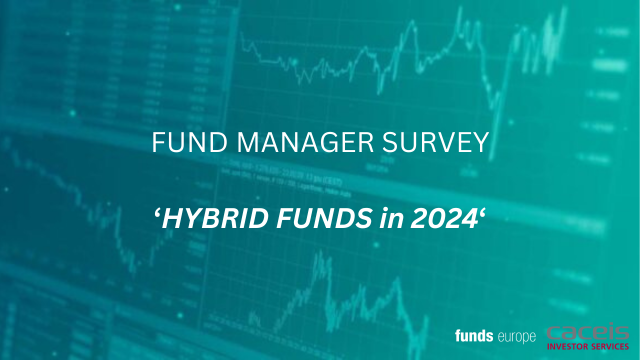Global government bonds have “sprung back into life”, according to fixed income specialist Payden & Rygel, which reports higher inflows from pension schemes to an index fund benchmarked against the asset class.
The firm said its Ucits-compliant Payden Global Government Bond Index Fund had more than doubled in assets under management (AUM) so far in 2023, partly as investors look to protect capital gains from equities.
Recent AUM was US$570 million for the fund, with most government bonds now offering “comfortably positive” yields following years of near-zero or negative returns.
Low yields afflicted global government bonds until at least late 2021. But by November the fund’s global benchmark – the FTSE World Government Bond Index (WGBI) – offered 3.1% in euro terms and even higher yields for dollar and sterling investments.
These current levels of yield – accompanied by a recent “aggressive” repricing in the asset class – have historically led to “excellent risk-adjusted returns” for fixed income investors, said Robin Creswell (pictured), managing principal of the US firm’s international business based in London.
“People are realising that rising interest rates mean they do not have to take 0-1% yields from government bonds any longer. Also, we see more pension funds in surplus now, much healthier than they were before, while others have made super returns from equities over the past year and now want ‘rainy day’ protection,” he added.
Some clients who want to preserve capital and income over the medium term, view the asset class as a hedge against equity market risk while also obtaining yields that are “well ahead” of expected inflation.
Bonds and equities both rallied recently on expectations that the US economy would achieve a soft landing.
The recently published ‘Asset Management Report’ from the European Fund and Asset Management Association, showed that bond AUM steadily declined from 40% of total industry assets in Europe in 2018, to 35% in 2022. In parallel, the share of equities rose from 28% to 32%.
Creswell says the fund’s WGBI benchmark lacks coverage among products in the index-tracking and ETF sectors, despite the “plethora” of passive funds now available.
Payden launched the fund in 2008 and says similarly buoyant flows from institutional clients this year were seen also in emerging market debt and global corporate bonds.
© 2023 funds europe





